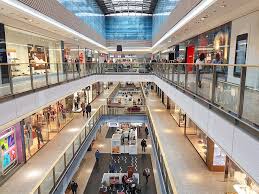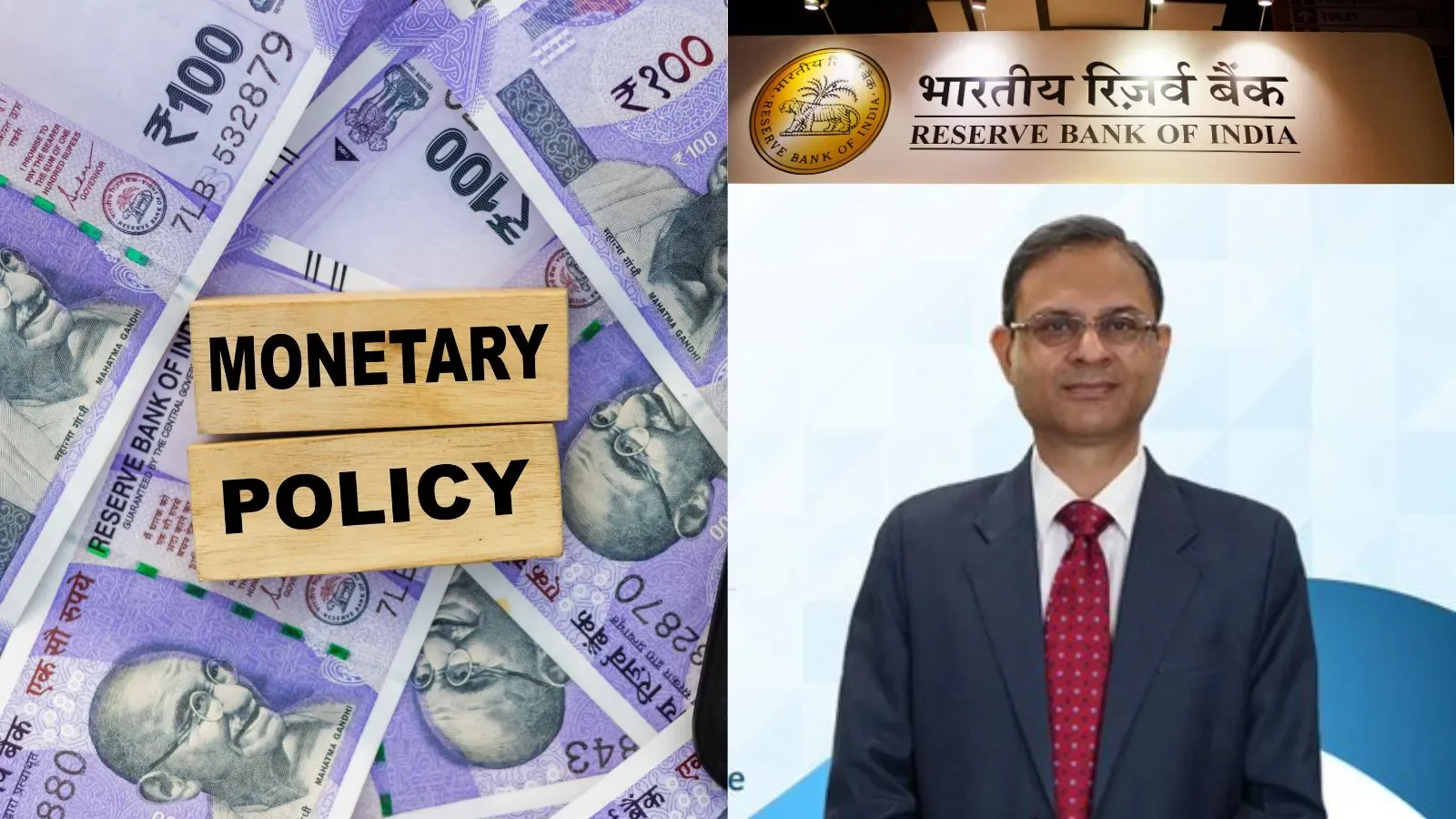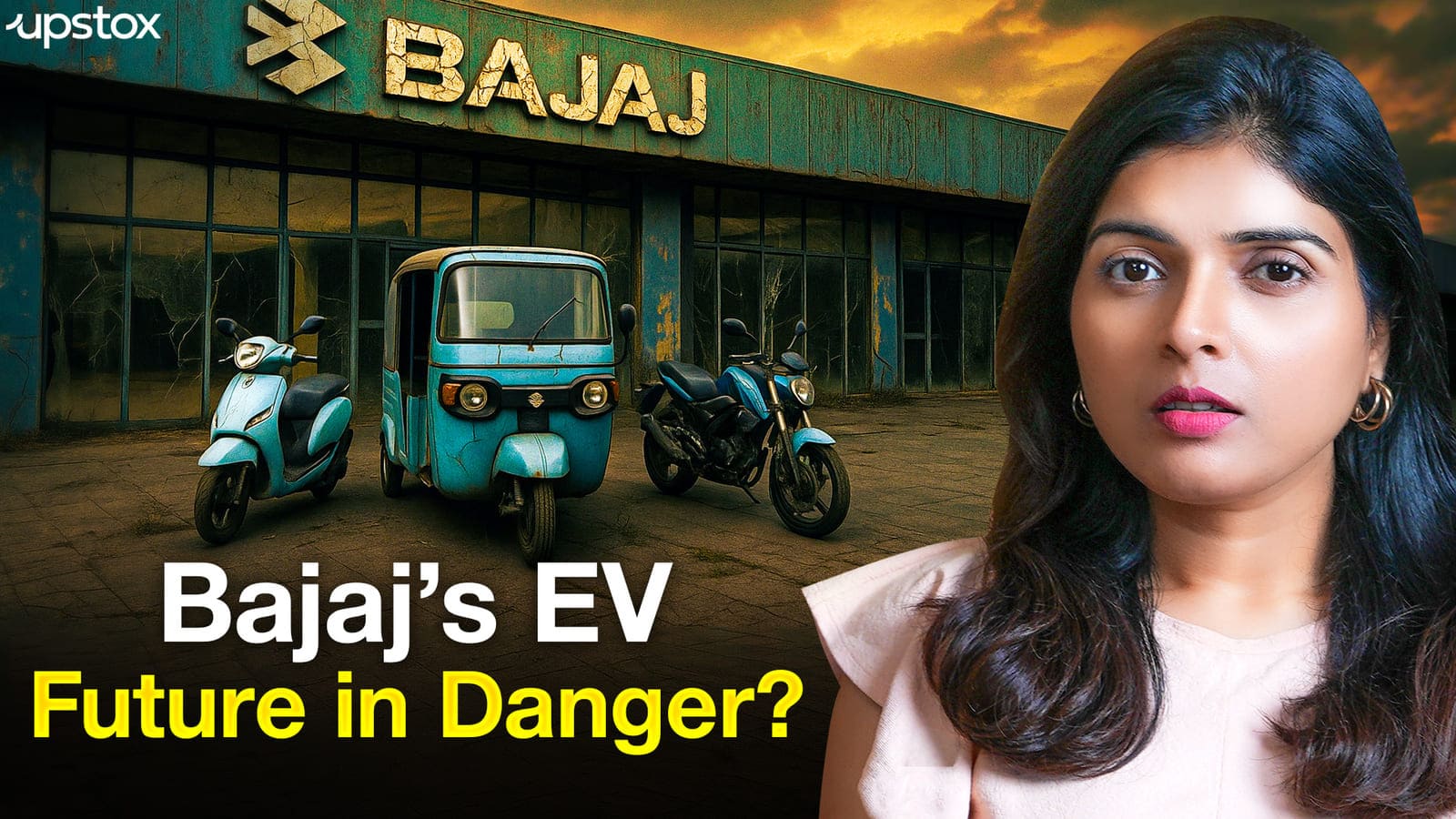Business News
India's small shopping centres ‘turning into ghost malls’: Why is this happening?
.png)
3 min read | Updated on May 09, 2024, 20:03 IST
SUMMARY
A new report by Knight Frank India paints a concerning picture of the Indian retail sector, highlighting a rise in "ghost malls." According to the report, malls need to adapt to changing consumer habits and offer a more engaging retail experience to survive.

Indian small shopping centres turning into ghost malls.
A recent survey entitled “Think India Think Retail 2024,” published Monday by Knight Frank India, reveals a frightening statistic in the retail sector. The number of ghost malls in India rose from 57 in 2022 and 64 in 2023, even as there was a 238% increase in the Gross Leasable Area across prime Indian markets.
Malls are defined as “ghost” when it has low footfall and more than 40% vacancy in shops.
According to the findings by Knight Frank, the 64 malls span eight cities and account for 75% of the combined 125.1 million square feet GLA of ghost malls. The city of New Delhi and the nearby areas NCR account for the highest concentration 21, with 12 malls in Bengaluru, 10 in Mumbai, 6 in Kolkata, 5 in Hyderabad, 4 in Ahmedabad, and 3 in both Chennai and Pune.
A noteworthy trend was a 19% reduction in abandoned shopping centers in Hyderabad.
In the tier 1 city category, although eight new shopping centers were added, the total number of complexes reduced from 298 in 2018 to 263 in 2023. Poorly performing malls were demolished or converted into residential or commercial properties.
On the whole, the continuing weakness in the mall sector may lead to significant job and economic loss for the sector in 2024, Knight Frank warned, adding that small-scale retailers, service providers and others will be affected the most.
The phenomenon of small shopping centers turning into ghost malls in India can be attributed to several factors:
- E-commerce Boom: The rise of e-commerce platforms has drastically changed the shopping habits of consumers, reducing foot traffic to brick and mortar stores The consumers prefer convenient online offerings, which great variety, competitive prices, doorstep service . and there is a.
- Changing consumer preferences: Today’s consumers are looking for different retail experiences and entertainment options when visiting malls. Smaller malls often lack amenities, leisure and dining options that attract customers and encourage them to spend more time and money
- Economic downturn: Economic downturn and uncertainty can affect consumer spending, reducing footfall and retail sales. During times of economic downturn, consumers may prioritize necessity purchases over discretionary spending, affecting the viability of retail retailers
- Poor operation and maintenance: Operational inefficiencies, lack of maintenance and outdated products can deter customers from visiting retail stores. Dilapidated infrastructure, inadequate parking and security concerns can contribute to a poor shopping experience, drive customers away and reduce tenants
- Oversupply of retail space: Oversupply of retail space in some areas can create intense competition in retail space for tenants and shoppers. Small shopping centers are struggling to attract quality tenants, competing with supermarkets or supermarkets, leading to vacant jobs and declining revenues.
- Urbanization and changing demographics: Urbanization and demographic changes affect consumer behavior and preferences. As urban areas grow and demographics change, business models evolve and smaller retailers may struggle to adapt to local needs and preferences.
Shishir Baijal, chairman & MD of Knight Frank India, emphasized the importance of enhancing the retail experience to meet the evolving needs of consumers. He noted the momentum of consumption driven by rising disposable incomes, a youthful demographic, and urbanization favoring the organized retail sector.
Several cities, especially in the tier II category, saw a sharp increase in the gross leasable area with new shopping centres coming up in Lucknow, Kochi, and Jaipur. Lucknow alone accounted for 18% of the overall GLA available in shopping centers in tier II cities.
By signing up you agree to Upstox’s Terms & Conditions
About The Author
Next Story

